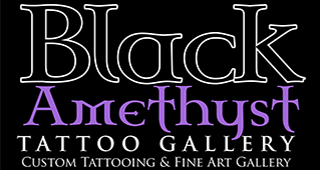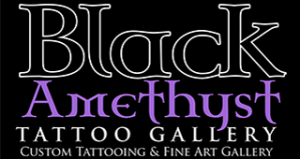Four Foundations of a Dope Tattoo Design
The Four Foundations
Tattoos, from your first to your fortieth, are built on 4 basic elements. A lot of people will walk into a tattoo appointment having thought through one or two of them; you can take your tattoo to the next level by considering these four essential elements of your ink experience – even before you talk it all out with your kickass tattoo artist. Tattoo design is an art and a science.
1. Subject Matter
I know, it seems like this part should be filed under “no shit,” but you might be surprised how many people walk in to book an appointment and just want “something.” Mom used to say “and people in hell want ice water,” but at least those suffering bastards have in their heads what they are after. If you are having trouble coming up with a “what,” step back a minute and think about “why.” Don’t get me wrong, there may be a time when a rando tattoo design is exactly what you want and need, but the other 99% of the time, have an idea or three, and bring in so me reference material when you come to consult.
2. Placement
Where oh where is your new tattoo design going to look best? I have one regular client who has good ideas about what he wants,but pretty much zero understanding of how a tattoo will look going from a flat drawing and stencil to a 3-D, unique, moving human being. You can approach placement from two angles, so to speak. One, given the size and shape of the design (and sometimes the subject matter, too), what makes the most sense? Two, if placement is the most important thing, as in Must. Have. Hip. Tattoo, make that clear to your artist, and then work together on what subject matter will go best in that particular place. As you test placement ideas, you’ll remember that the great thing about stencils is
they can be moved around. The great thing about tattoos is that they can’t be.
3. Style
The style of the art you choose to have permanently worked into your skin may depend on a) the subject matter b) the story or idea behind your tattoo and c) the strengths and artistic point of view of your artist. When you do a Google image search for, let’s say, flowers, you are going to see a godzillion
different visual representations of flowering plants. It doesn’t matter if you don’t know what to call particular styles of tattoos: photorealism, graphic/line work/geometric, new school, American Traditional, Traditional Japanese Irezumi, black and gray, illustrative, biomechanical, Polynesian, dot work, watercolor and a ton of “neos” that put modern spins on traditional forms. Knowing what you like is way more important than knowing what it’s called. That’s the beauty of style. Be open to what your artist brings to the discussion… sometimes what you think you will like is faraway from what you end up loving!
4. Full Color or Black & Gray
People get in fights, or at least pretty heated discussions, about color vs. black and gray (or “grey” for the fake Brit poseurs). Do I have a preference?Yeah. Do you? Well, that’s the question. And here are two more questions for you: Does the style you love demand color to really work? Is the subject matter you’re having tattooed more striking in black and gray? See, everything is coming together…
You’ve figured out that the 4 elements I’m talking about are not independent of each other. For your tattoo to be its best, for you to be your happiest and for your artist to have done the job right, all these things must come together. The key is having an open, honest give-and-take conversation with your artist. Working together, you’ll make the strongest choices that will result in the baddest, sickest, dopest BEST tattoo ever…until your next one!



